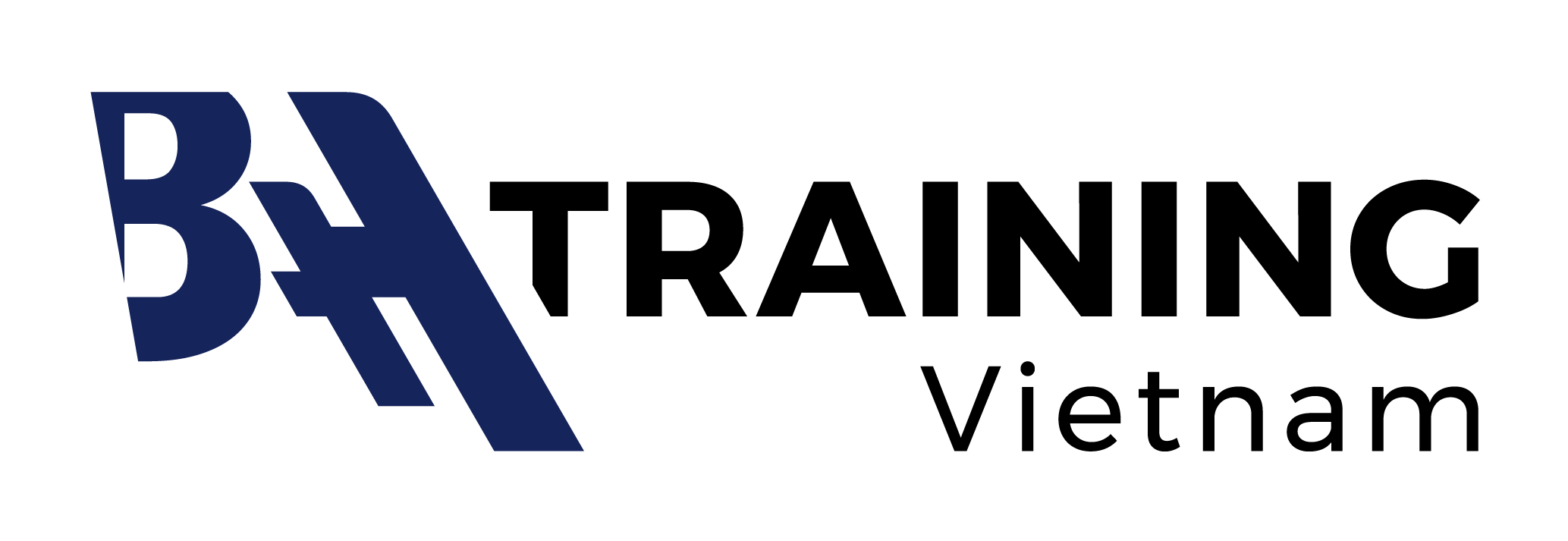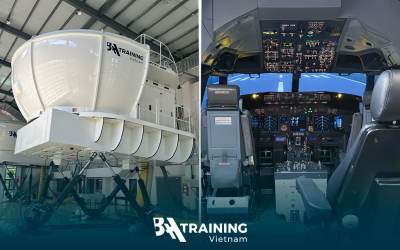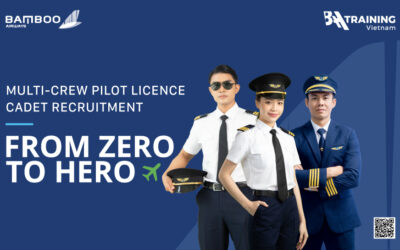“Mistakes are inevitable in aviation, especially when one is still learning new things. The trick is to not make the mistake that will kill you”, once said Stephen Coonts, a naval aviator and the author of numerous New York Times bestselling novels.
Indeed, human errors play a major role in aviation incidents and accidents. Actually, it is agreed that 80 percent of aviation related incidents involve so-called human factors, and a significant proportion of these are related to operator error.
This is not something new. Since the 1970’s human error has been recognised as a major contributor to numerous aviation incidents and accidents. In trying to reduce the human error factor in aviation, airlines have embraced programs of Crew Resource Management (CRM) training which centres on the human involvement in such incidents and accidents.
But it has been obvious that this alone has not been enough, especially when the sophistication of aircraft and their automation has grown. These developments have caused new and unpredictable challenges. The new approach to aviation training, Competency Based Training and Assessment (CBTA), has been structured to embrace and deal with these new challenges.
Michael Ryan, the Deputy Head of Training at BAA Training, which will fully adopt the use of CBTA in all of its pilot training programs in 2020, believes that CBTA should have a significant impact in creating a safer aviation environment.
In this article we provide answers to the 5 most popular questions relating to CBTA – a holistic approach to pilot training which provides for the progressive and continued development and assessment of pilot competencies.
What is CBTA?
The International Civil Aviation Organization (ICAO) definition for CBTA states competency-based training and assessment is characterised by performance orientation, with the emphasis on the standards of performance and their measurements, as well as the development of training to the specified performance standards.
“Simply put, competency-based training and assessment means that a pilot is trained and assessed to meet specified standards that define the skills, knowledge and attitudes required to safely and effectively fly the aircraft, and to handle any eventuality safely and confidently”, explains M. Ryan.
Why CBTA training is crucial in aviation?
Both aviation training schools and airlines agree that the traditional training methods are no longer aligned with industry needs. Training courses should be designed that require the use of best educational practices with instructors being given guidance on how best to train and assess students during their training.
There are many reasons why this new training approach is needed, especially nowadays. One of which is the lack of pilots worldwide. This shortage of qualified pilots means that airlines often have to hire less experienced pilots and as a result more mistakes whilst flying the aircraft are likely to be made.
Another major reason requiring this type of training is the advancement in the automation of aircraft. Airplane software systems are growing ever more complex and sophisticated, so the challenge for pilots to ensure safety in complex emergencies accordingly becomes ever more difficult.
However, it is universally believed that CBTA training will help pilots and crews to be able to adapt more quickly to deal with what are often confusing events, which require more than just technical knowledge.
What is the difference between CBTA and traditional pilot training?
The Deputy Head of Training at BAA Training explains: “Traditional pilot training separated theoretical training and practical training, whereas now all training phases will be designed to develop the core pilots’ competencies and to have them be more highly aware of threats and errors. Threat and error management is one of the cornerstones of CBTA.”
Previously, training consisted of milestones and hurdles that pilots had to achieve in order to qualify. Now with CBTA, there is progressive and continuous assessment with grades and summative assessments at training milestones. Training was historically based on the accumulation of experience by hours flown in the aircraft. Now, with CBTA, devices such as the full flight simulator as well as the Flight and Navigation Procedures Trainer (FNPT) allow more effective and efficient training, both for the student and instructor.
M. Ryan has no doubt, that the process of this new training and assessment model will support and motivate the student pilot to exceed the “satisfactory” grade. Also, through the facilitative de-briefing of assessments and flights employed by CBTA, they will cover the student’s strengths and weaknesses, and most importantly this will help the pilot to improve their overall performance.
Will CBTA make positive changes?
The short answer is “yes”. Although CBTA is a relatively new approach to aviation training, it is strongly believed that in the long term it will provide good results. This new training approach is already recognised and supported by many airlines all over the world and this is not without reason – CBTA training can be of great value.
CBTA helps to develop pilots’ awareness to critical situations which can lead to improved performance. It is generally accepted that the reduction of even minor errors, which may be the catalyst in the first of a chain of errors, can have massive positive benefits, which in turn may well result in the reduction of incidents and accidents in the air.
Since ensuring safety is one of the major goals of the aviation industry, CBTA is indispensable in creating a greater ability to adapt to various situations and resolve safety issues when confronted by them during those critical occasions.
Vytautas Jankauskas, the Managing Director of BAA Training Vietnam, one of the first training providers in the region to add competency-based training and assessment system into its Airbus A320 program is confident in the importance of such training approach integration: “Training and assessment system based on 9 competencies allows developing pilot skills vital to demonstrate a good performance in front of realistic threats and errors which cannot be rehearsed.”
What is a competency?
Under CBTA pilots should develop a higher proficiency of pilots’ competencies. There are many definitions of what a competency is, so how can this be more clearly defined? In short, competency is the ability to do a task effectively. M. Ryan, the Deputy Head of Training at BAA Training, defines nine core competencies of a professional pilot, which are:
1. Application of procedures and compliance with regulations
2. Communication
3. Aircraft Flight Path Management, automation
4. Aircraft Flight Path Management, manual control
5. Leadership and Teamwork
6. Problem Solving and Decision Making
7. Situational awareness and management of information
8. Workload Management
9. Application of Knowledge
These competencies ensure that each flight is safe, efficient and comfortable both for the crew as well as the passengers.
Sound pilot competencies, developed by CBTA, will provide the pilot with the “toolbox” necessary to operate in normal situations as well as to handle the unexpected emergencies and events that they may encounter.








